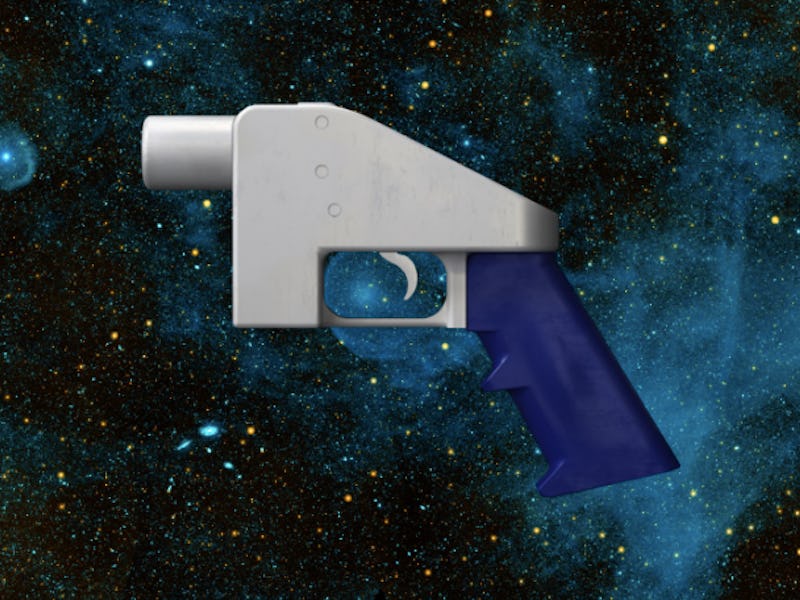What Is a 3D Printed Gun and How Are Even They Legal?
Has a strange court case opened a Pandora's box?

There’s been a lot of confusion about 3D printed guns lately — not the least of which from President Donald Trump, who definitely, definitely seems to understand how 3D printing technology works. The topic is no doubt going to become even more complicated beginning August 1.
Starting Wednesday, you’ll be able to upload new computer-assisted drawing (CAD) files for 3D printed gun designs onto a site called DefCad, which bills itself as a sort of “Wikipedia” for 3D printed guns schematics. These files have already been downloaded thousands of times, and even while DefCad remained in limbo during a four-year court battle, you could still find the files through torrent sites or other means.
DefCad’s fate changed abruptly last month after the US government decided to settle a court case with its owner, a parent organization called Defense Distributed. Starting on August 1, “The age of the downloadable gun formally begins,” Defense Distributed’s website reads, somewhat ominously.
In a recent interview with Inverse, one of the attorneys for Defense Distributed’s owner characterized the legal win as a free speech victory, while gun advocates decried what seems like an inevitable first step toward a future of relatively limitless, traceless, easily accessible 3D printed guns.
So which is it? Here’s what you need to know.
Gun advocates worry that 3D printed guns will get more dangerous as the technology improves.
## What Are 3D Printed Guns and How do they Work?
3D printers typically use some sort of plastic polymer to allow users who have one to create their own three-dimensional renderings and designs. They’re great for prototypes, and there’s a wealth of hope that they can revolutionize industries ranging from healthcare to housing by making it cheaper and easier to 3D print pre-fabricated homes.
There’s also been the fear that in addition to revitalizing the maker economy, it will also make it drastically easier for people who are not capable of buying guns legally to 3D print them instead. Most worryingly, 3D printed guns can be easily modified and wouldn’t have serial numbers, which would make them harder to trace.
Defenders counter that hobbyists can already make their own, more effective homemade guns using more traditional means, in some states without having to register them. 3D printers are expensive in their own right, too, and 3D plastic guns aren’t terribly effective yet.
But as advocacy groups like the Giffords Law Center to Prevent Gun Violence recently explained to Inverse, these arguments miss the greater point, which is that more accessible 3D printed gun schematics will make it easier for people to circumvent the current legal system, particularly members of criminal organizations who could theoretically produce these weapons at scale.
“Starting Wednesday, drug cartels, arms traffickers and terrorists will be able to increase their revenue and their volume of weaponry at the expense of our safety through an untraceable and unlimited method of firearms manufacturing and distribution,” wrote Paul Penzone, an Arizona Sheriff, echoing those concerns in a recent Washington Post op-ed.
But the bigger fear might rest even further out, as 3D printing technology matures. Heated up plastic isn’t the ideal raw material for making killing machines, as anyone who’s seen the archetypical 3D printed Liberator can probably tell.
But with 3D printing engineers and enthusiasts developing all sorts of new materials that can change colors, replicate living tissue, and accomplish other feats, the fear is that it’s only a matter of time before more sophisticated and dangerous 3D printed guns become feasible. And when that happens, enthusiasts will have the perfect place to show off their wares.